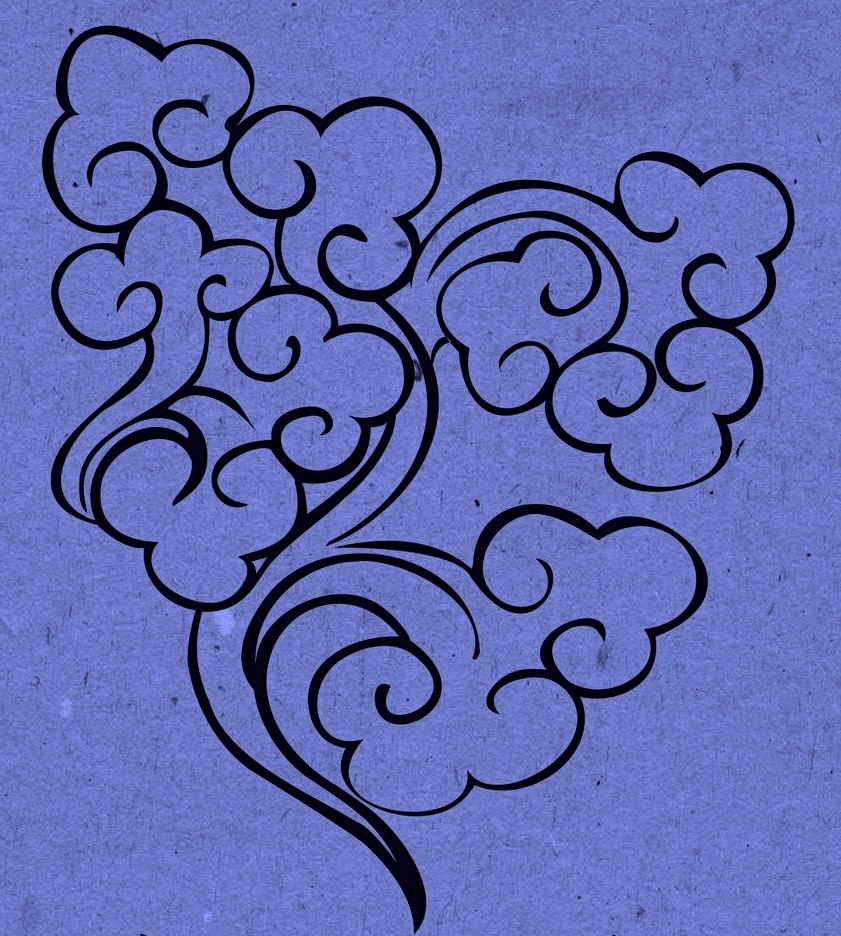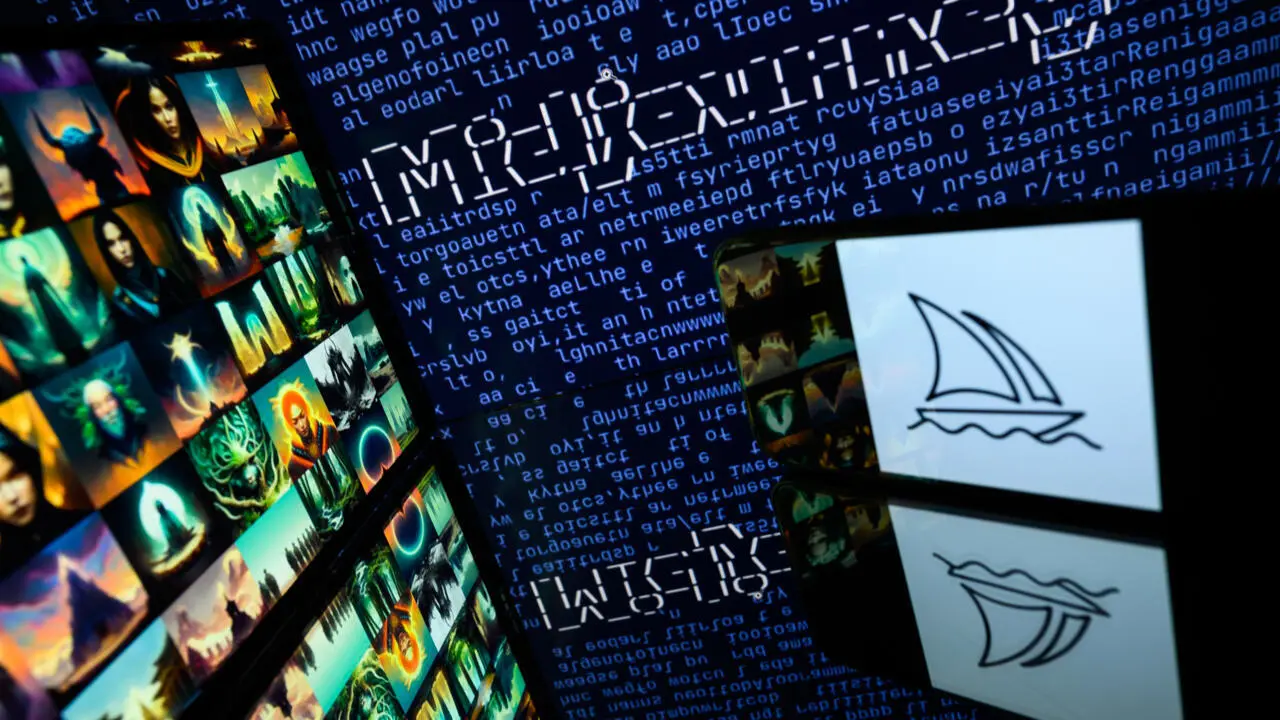- cross-posted to:
- fuck_ai
- cross-posted to:
- fuck_ai
Widely shared on social media, the atmospheric black and white shots – a mother and her child starving in the Great Depression; an exhausted soldier in the Vietnam war – may look at first like real historic documents. But they were created by artificial intelligence, and researchers fear they are muddying the waters of real history.
“AI has caused a tsunami of fake history, especially images,” said Jo Hedwig Teeuwisse, a Dutch historian who debunks false claims online. “In some cases, they even make an AI version of a real old photo. It is really weird, especially when the original is very famous.”
Among the images created using Midjourney, a popular AI online image generator, is a series of fake reproductions portraying the moment when the suspected assassin of president John F. Kennedy, Lee Harvey Oswald, was himself shot dead by Jack Ruby in 1963. Other images on Midjourney purport to show the explosion of the atom bomb over Hiroshima in 1945, the invasion of Prague by Soviet-allied troops in 1968 and even a vision of the Roman Coliseum in ancient times.
“This creates a risk of false visuals being accepted as fact, which could, over time, distort our understanding of history and weaken public trust in visual evidence as a reliable source for learning about the past.”
For Teeuwissen, “real photos are made by real people and there’s usually something that’s out of focus, or someone looks silly by accident, the makeup looks bad, et cetera.” But she judges it is “only a matter of time” before the quality of the AI image makes fakes hard to detect with the naked eye – a “dangerous” prospect, she says, which would amplify disinformation.


